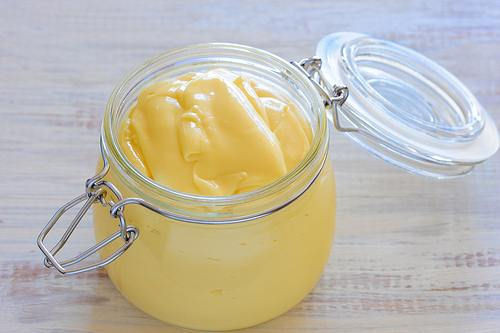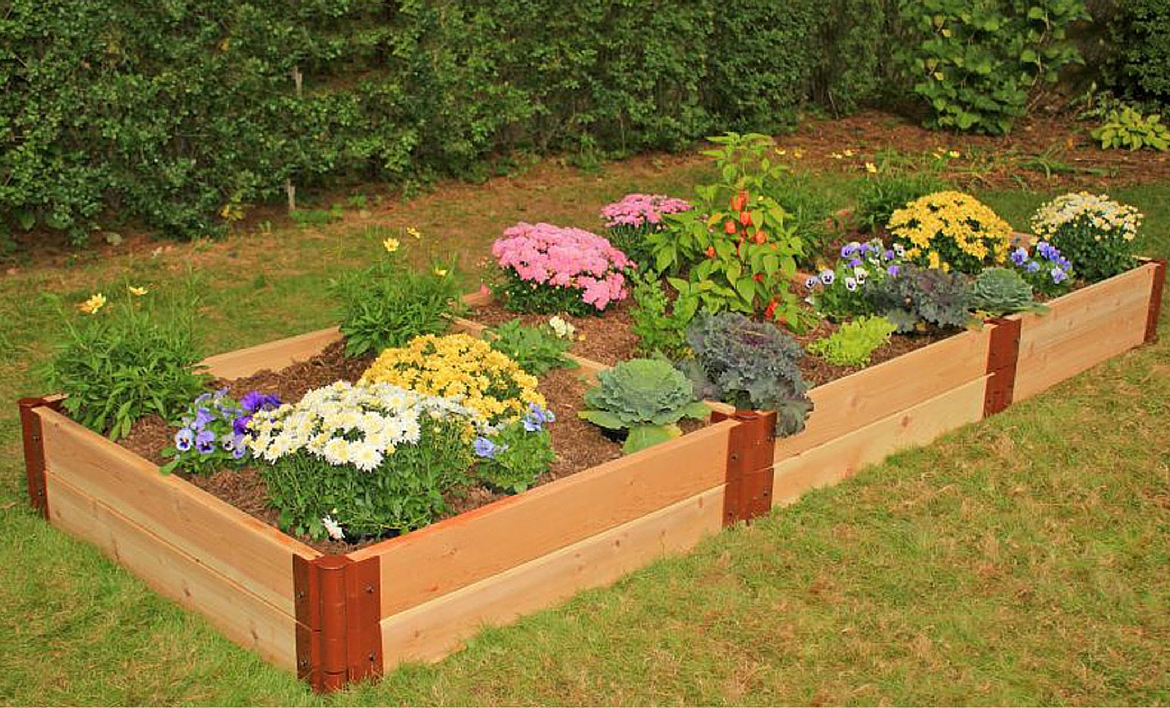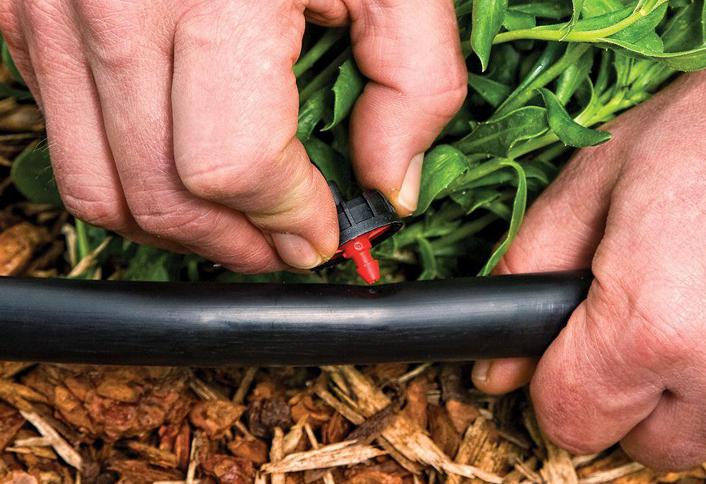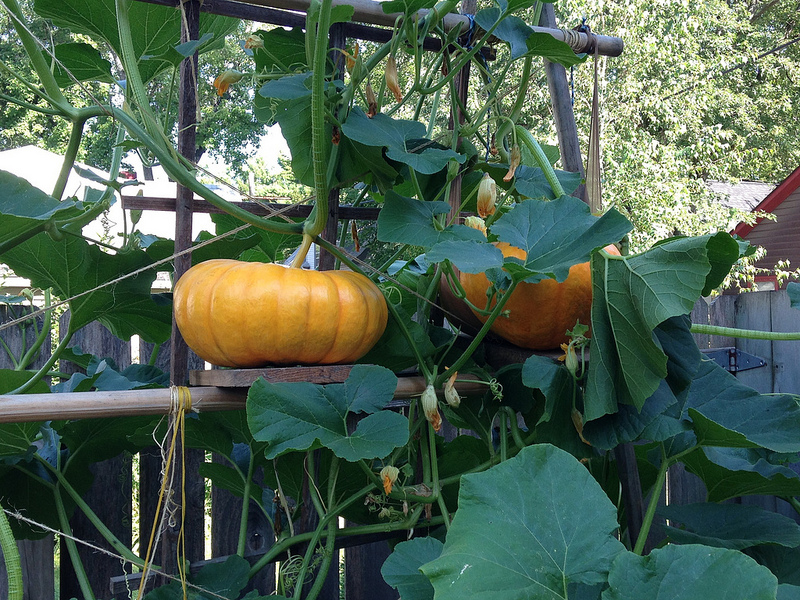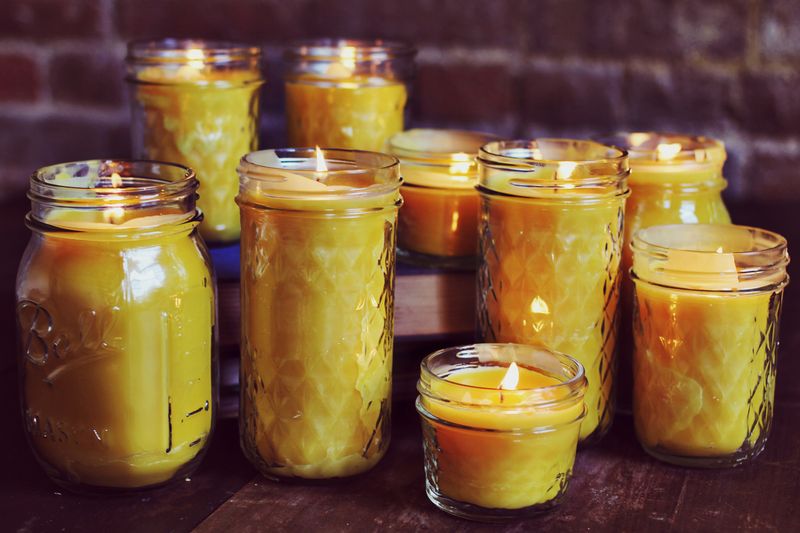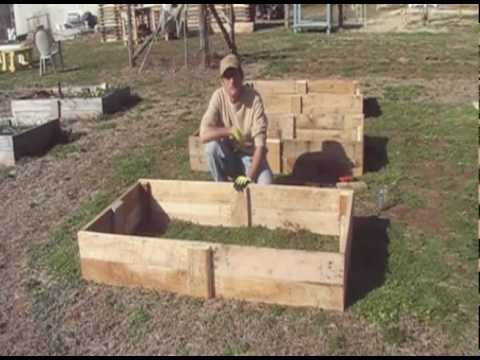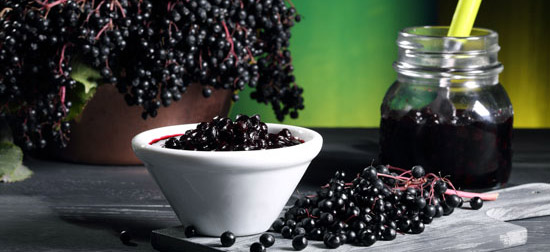Simple Homemade Paleo Mayonnaise (Video)
Mayonnaise is a condiment staple that most houses stay well-stocked in. However, most store-bought mayonnaise, even the “natural” kind, is made from either unhealthy, caloric, “bad fat” oils, GMO soy ingredients, or both. Mayonnaise used to be something most homes made from scratch, and it is really quite simple to make your own, and requires … Read more

